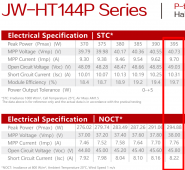Dieharddan
New Member
- Joined
- Jul 12, 2022
- Messages
- 18
Hello, I was hoping someone can confirm If an 8awg wire would be ok for my inverter to panels combiner box.
The run would be 130ft
Im using a sigineer M3048BP 48v inverter
15 panels at 185v 25amps
The sigineer manual states the terminal size is 8awg, but 6awg would go on but would be a pretty tight fit
The run would be 130ft
Im using a sigineer M3048BP 48v inverter
15 panels at 185v 25amps
The sigineer manual states the terminal size is 8awg, but 6awg would go on but would be a pretty tight fit



